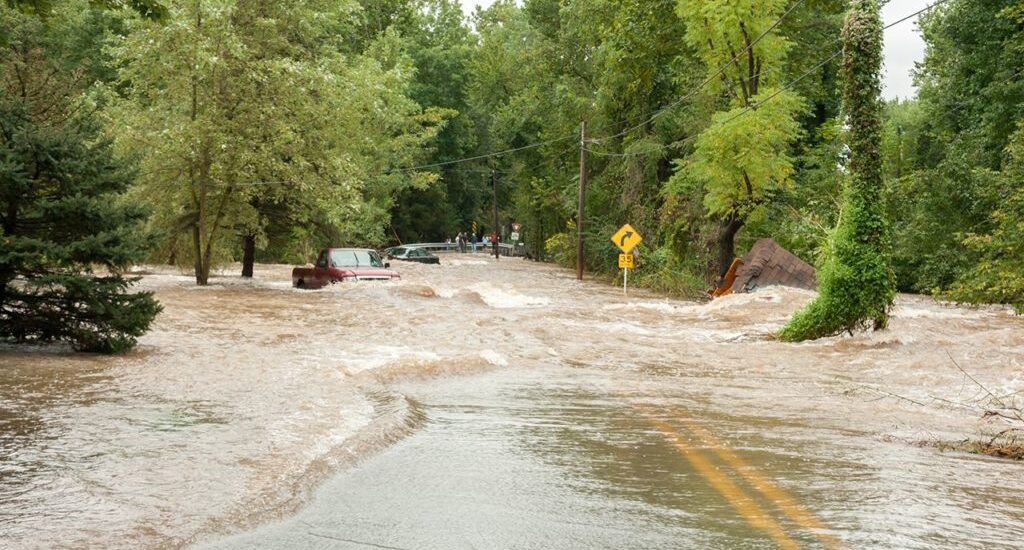Are you prepared for a natural disaster?
- May 12, 2022
- Posted by: Guerrilla Group
- Category: Personal Lines

As severe weather approaches us in Ohio, set aside some time this Spring to organize a safety plan with your family, friends, or household. Planning ahead will reduce the chance of injury or even death in the event that severe weather strikes, such as a tornado.
Tornado warning signs
Your local weather channels and news stations will provide warning alerts in the event that a tornado was approaching the viewing area, additionally many communities will have a warning system—to alert the citizens of the approaching threat.
You should seek protection if the warning signs are evident that a tornado or a strong thunderstorm with the potential for a tornado is coming. Here are six tornado warning signs:
- The color of the sky may change to a dark greenish color.
- A strange quiet occurring within or shortly after a thunderstorm.
- A loud roar that sounds similar to a freight train.
- An approaching cloud of debris, especially at ground level.
- Debris falling from the sky.
- A rotating funnel-shaped cloud that extends from a thunderstorm.
Know the difference between a watch and a warning.
It is a common occurrence that people are unaware of the difference between different advisory types of tornados. A tornado watch is issued by the NOAA Storm Prediction Center – Conditions are favorable for tornadoes and severe weather. Can cover parts of a state or several states. A tornado warning is issued by the NOAA National Weather Service Forecast Office – A tornado has been reported by spotters or indicated by radar and there is a serious threat to life and property in the path of said tornado. Can cover parts of counties or several counties in the path of danger.
What to do when there is a tornado advisory.
- Go to NOAA Weather Radio and your local news or official social media accounts for updated emergency information. Follow the instructions of state, local and tribal officials.
- Go to a safe shelter immediately, such as a safe room, basement, storm cellar or a small interior room on the lowest level of a sturdy building.
- Stay away from windows, doors, and outside walls.
- Do not go under an overpass or bridge. You’re safer in a low, flat location.
- Watch out for flying debris that can cause injury or death.
- Use your arms to protect your head and neck.
- If you can’t stay at home, make plans to go to a public shelter.
Stay safe after a tornado.
- Stay clear of fallen power lines or broken utility lines.
- Contact your healthcare provider or 911 if you are injured and need medical attention. Wait for further care instructions and continue to shelter in place.
- Wear appropriate gear during clean-up such as thick-soled shoes, long pants, and work gloves, use appropriate face coverings or masks if cleaning mold or other debris.
Making sure you understand the steps in this quick guide and have the insurance needed to help repair or replace your home/automobile due to a natural disaster will ensure that you and your family stay safe and healthy.
If you have additional questions about how to make a plan or if you have the insurance coverage required, contact us.

